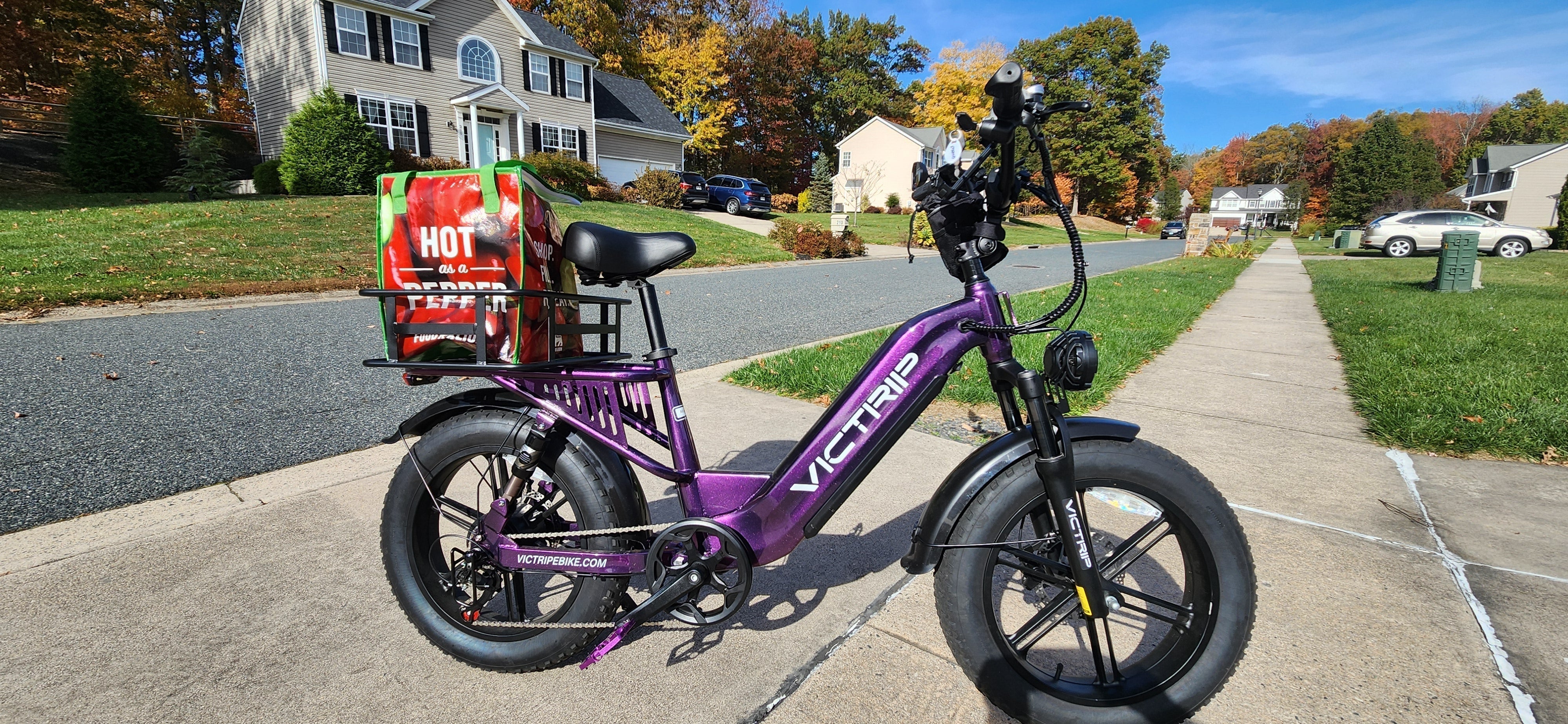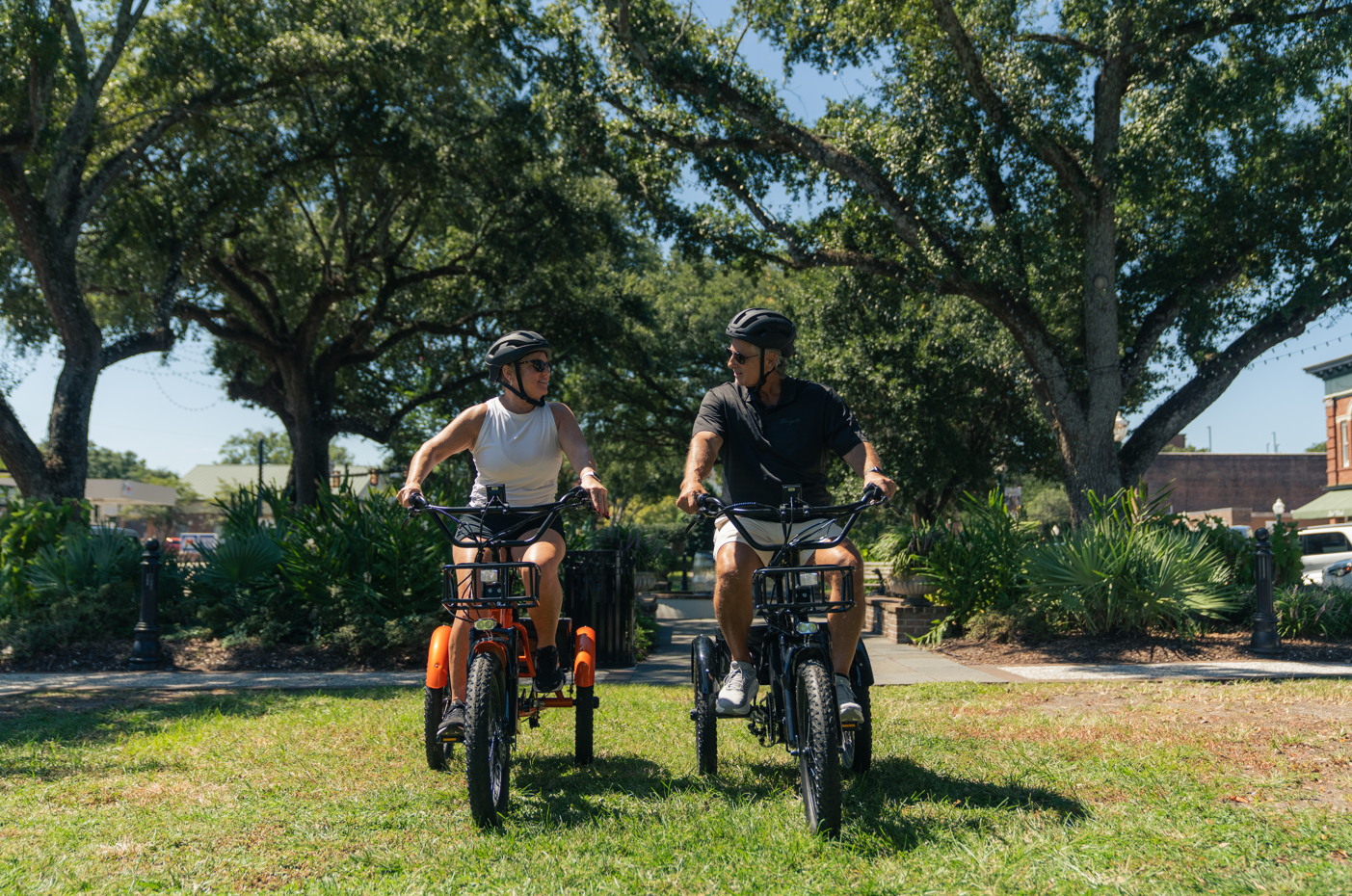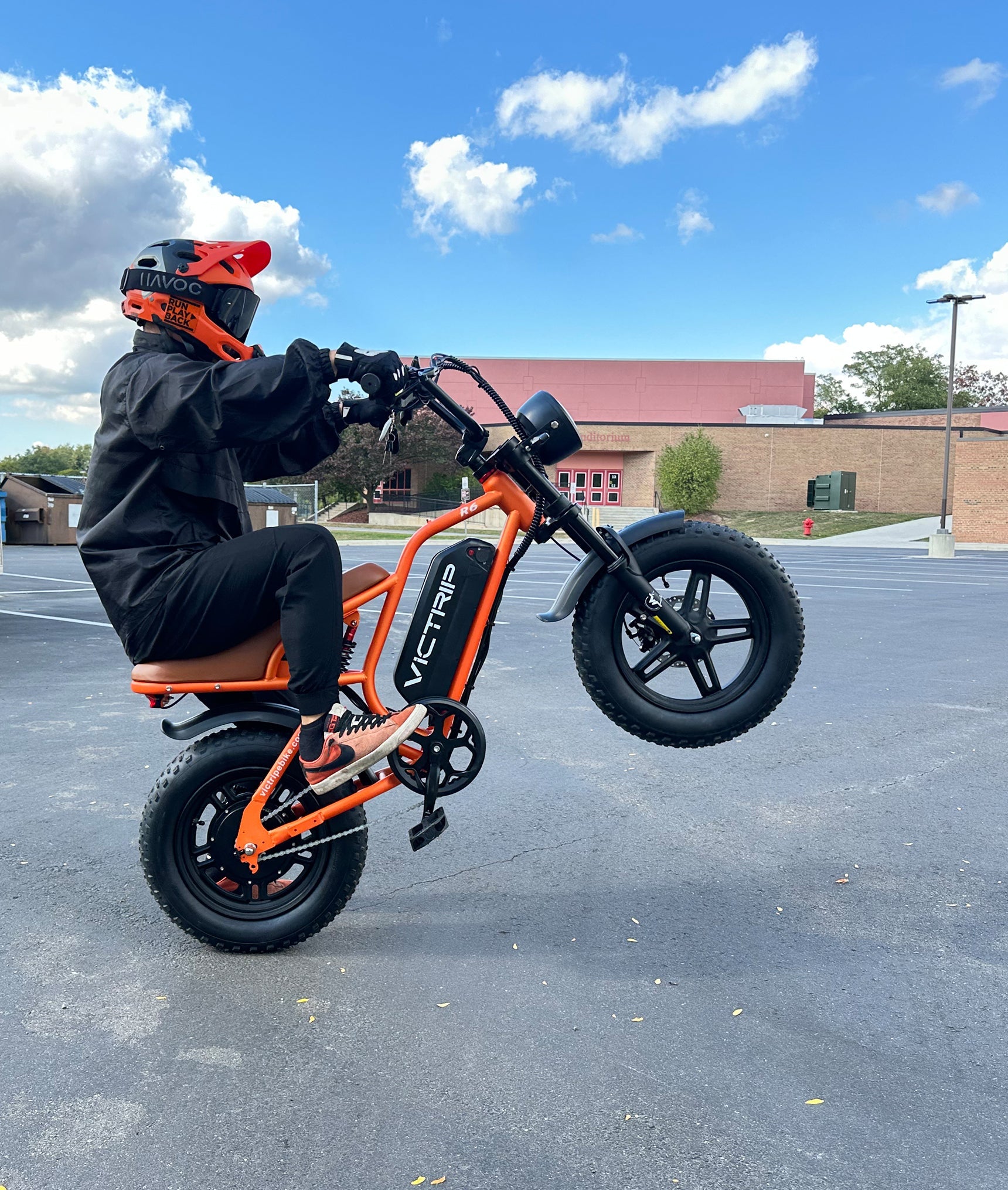
Electric trikes, also known as e-trikes, are surging in popularity across the United States. These three-wheeled electric vehicles offer superior stability, comfort, and cargo capacity, making them a great choice for commuters, seniors, and eco-conscious riders. But many riders ask the same burning question: Are electric trikes street legal in the US?
The short answer: Yes, but it depends. U.S. laws vary by state, power rating, and how the trike is classified. This guide breaks it all down so you can hit the road legally and confidently.
What Is an Electric Trike?
An electric trike is a three-wheeled vehicle powered by an electric motor. Most feature a pedal-assist system (PAS) or throttle, and some fold for portability. There are two primary types:
-
Recreational e-trikes – Designed for casual rides, often with lower speeds.
-
Cargo or commuter e-trikes – Built for performance, range, and hauling capacity.
Brands like VICTRIP have advanced folding models such as the VICTRIP T1, which features a 48V20Ah LG Battery and 1000W peak motor—ideal for both city commuting and countryside travel.
Are Electric Trikes Considered Bicycles or Motor Vehicles?
This classification is key to legality. According to the U.S. Consumer Product Safety Commission (CPSC), an electric bicycle:
-
Has pedals
-
Has a motor under 750W (1 HP)
-
Has a top speed of 20 mph when powered solely by the motor
If your e-trike meets these standards, it’s usually treated like a bicycle at the federal level, meaning no license or registration is required.
But beware: States can—and do—define e-trikes differently.
Federal Laws Governing Electric Trikes
At the federal level, electric trikes that meet the CPSC’s e-bike definition are legal for use on public roads and paths. These federal laws focus on manufacturing standards, not use on public roads.
The CPSC regulation states:
"A low-speed electric bicycle is a two- or three-wheeled vehicle with fully operable pedals and an electric motor of less than 750 watts..."
So, if your e-trike:
-
Has working pedals
-
Max motor power under 750W
-
Doesn’t exceed 20 mph on motor alone
It’s considered a consumer product, not a motor vehicle.
State-by-State Overview: Where Are Electric Trikes Legal?
Each state sets its own rules for where and how electric trikes can operate. Here’s a snapsho:
| State | Legal Classification | Max Speed | License Required? |
|---|---|---|---|
| California | E-bike Class II | 20 mph | No |
| Florida | Bicycle | 20 mph | No |
| New York | E-bike Class II/III | 20-25 mph | No |
| Texas | Bicycle | 20 mph | No |
| Illinois | E-bike Class II | 20 mph | No |
Some states lump e-trikes under Class II e-bikes if they have a throttle. Others require registration if the motor exceeds 750W or the top speed is too high.
Read More: Ebike Classes: The Difference Between Class 1, 2,& 3.
Power and Speed Limits for Street-Legal E-Trikes
To be legal in most states:
-
Motor power must not exceed 750W
-
Top speed should be capped at 20 mph on throttle alone
-
Pedal-assist can go up to 28 mph in some states (Class III)
VICTRIP electric tricycle and similar models often come with speed limiters or adjustable settings to comply with local laws.
Do You Need a License or Registration for an Electric Trike?
In most states: No. If your e-trike qualifies as a low-speed electric bicycle under federal or state law, you won’t need:
-
A driver’s license
-
Vehicle registration
-
Insurance
However, if your trike exceeds 750W or 20 mph, it could be considered a moped or motor vehicle, and you may need a license and registration.
TOP PICK

VICTRIP® T1 Foldable Electric Tricycle
$1,299.00
Helmet Laws for Electric Trike Riders
Helmet requirements vary:
-
Under 18? Almost all states require a helmet.
-
Class III riders? Helmet usually required.
-
Adult riders on Class I/II? Often optional.
Still, wearing a helmet is strongly recommended, especially at higher speeds or in traffic.
Where Can You Ride an Electric Trike: Roads, Trails, and Sidewalks
Depending on local regulations, e-trikes can be used on:
-
Bike lanes
-
Roads with speed limits under 35 mph
-
Multi-use trails
Sidewalk use is often restricted, especially in cities. Always check with your municipal traffic codes before riding.
E-Trike Rules for Seniors and People with Disabilities
Many states allow mobility-enhanced electric trikes to operate in areas normally restricted to pedestrians or bicycles, especially if used as assistive devices.
These may be exempt from general e-bike laws if used for disability mobility.
Are Electric Trikes Allowed on Bike Lanes?
Yes, in most states. But:
-
Trike width must not obstruct the path
-
Speed must be appropriate for shared use
-
Class III trikes may be prohibited on certain trails
Always follow posted signage and trail rules.
Safety Equipment Requirements
To ride legally and safely, your e-trike may need:
-
Front and rear lights (for night use)
-
Reflectors
-
Working brakes
-
Bell or horn (in some states)
If you’re using your trike on public roads, treat it like a bicycle with extras—visibility is key.
Insurance Requirements: Are They Necessary?
For street-legal trikes under 750W and 20 mph:
-
Insurance not required in most states
However, you might still want:
-
Liability insurance for personal protection
-
Theft insurance for peace of mind
Check with local providers that offer electric bike/trike coverage.
How to Make Sure Your E-Trike Is Street Legal
Here’s your checklist:
-
Motor power ≤ 750W
-
Top speed ≤ 20 mph (throttle)
-
Pedals must be functional
-
Lights, reflectors, brakes installed
-
Helmet if underage or riding Class III
-
Check local/state laws
Common Misconceptions About E-Trike Legality
-
“All e-trikes are motor vehicles” – Not if they meet CPSC standards.
-
“You can ride anywhere” – Local restrictions apply.
-
“Registration is always required” – Not for Class I and II models.
-
“Speed doesn’t matter” – It absolutely does. Above 20 mph? You’re in a different category.
Conclusion: Ride Safe, Ride Smart
So, are electric trikes street legal in the US? Yes—but only if they meet the right criteria. Always check your state and local laws, ensure your trike stays within legal power and speed limits, and outfit it with the right safety features.
Models like the VICTRIP T1 offer powerful yet compliant designs, making them a smart and street-legal choice for riders who value performance and safety.
FAQs
Are electric trikes legal in all 50 states?
Yes, but specific rules vary by state and municipality.
Can I ride my e-trike on the highway?
No. Most e-trikes are not legal on highways or high-speed roads.
Do I need insurance for my e-trike?
Generally no, unless it exceeds legal limits or is classified as a moped.
Is it legal to ride an e-trike on sidewalks?
Usually not, especially in cities. Sidewalk use is limited or prohibited in many areas.
What if my e-trike goes faster than 20 mph?
You may need to register it as a motor vehicle and obtain a license.




Share:
Electric Tricycle For Adults Uncovered: Pros and Cons Explained
Full-Suspension vs Hardtail EBikes: Which Is Better?